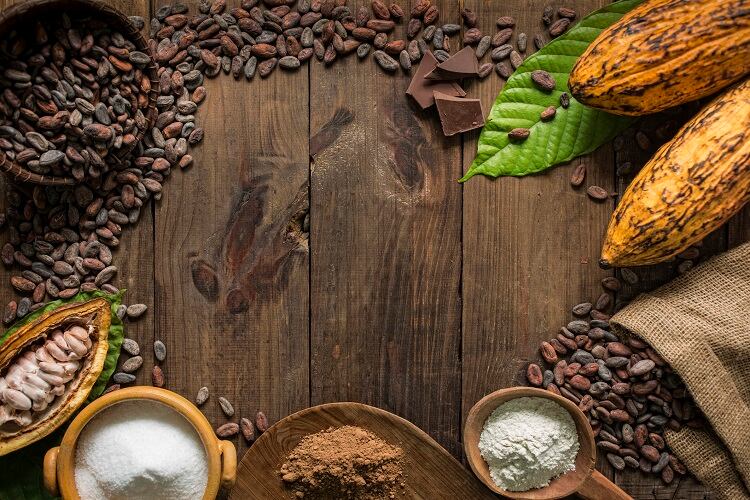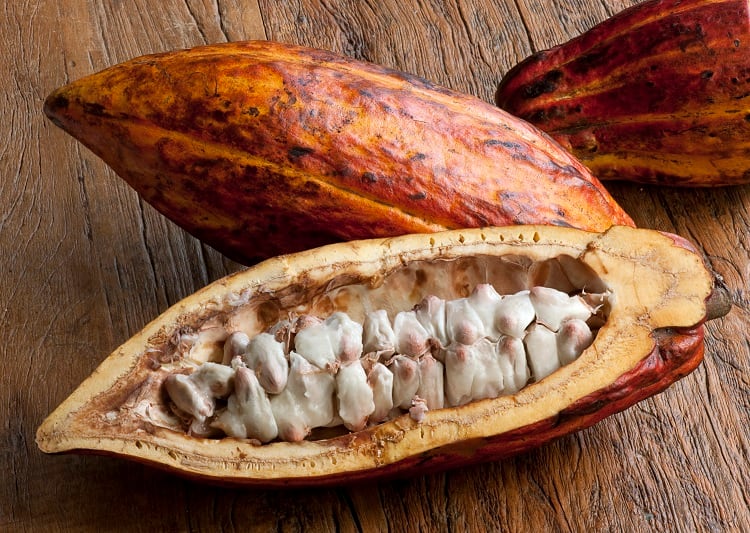The UK's sugar and chocolate confectionery inflation levels remain high despite the lowest food and beverage rates since October 2021. Grocery inflation levels decreased to 2.4% in May 2024, Kantar Worldpanel reported, continuing a downward trend that has seen figures decrease 15 months in a row.
In the four weeks to 12th May 2024, the UK’s F&B inflation rate reduced by 0.8%, from 3.2% in April to 2.4% in mid-May.
Europe calls for action
While the price of milk and butter—ironically hallmark ingredients in the bakery and sweet snack sectors—fall the fastest, the data and insights consultancy reports that sugar and chocolate confectionery tell a different story.
It’s a reality all too familiar in Europe, too, with the European Union (EU) reporting a 61% year-on-year increase in sugar prices in 2023. Confectionery trade association CAOBISCO painted a bleaker picture, stating that white sugar prices had spiked more than 80% in 2022-2023, according to EU Commission published data.
Detailing the ongoing price rise as evidence of sugars’ scarce supply, CAOBISCO called for “urgent political action”. It continued to say that sugar users are “suffering from the European sugar market situation and losing competitiveness day by day".
Supermarkets’ efforts to out-price-drop each other are also behind the fall in F&B product costs and improved affordability. Yet, this pricing strategy bypasses the sugar and confectionery segments, as confectionery costs reflect the hampered agriculture landscape.
Bad weather and crop disease to blame
While reduced inflation may give cause to celebrate lower prices for F&B, this is not the case for sugar and confectionery, as price pressures remain. A run of poor harvest seasons and the ongoing cost-of-living crisis means volatility and instability are ever-present for the industry. With high sugar and confectionery prices continuing to stretch shoppers’ budgets, this lack of affordability risks deeper disruption to consumer buying habits and retail sales.

Chocolate, specifically, has faced higher inflation due to cocoa crop shortages in West Africa. “There have been three poor harvests in a row in Ivory Coast and Ghana as the result of bad weather and crop disease, and that’s led to skyrocketing prices for both cocoa mass and cocoa butter,” Seyma Özonuk, application manager team lead for Confectionery and Industrial Bakery at ingredients supplier Palsgaard, told this publication.
The knock-off effect of this bad weather and crop disease, which has caused multiple deficient harvests, is that chocolate inflation has remained high even as levels have fallen in other food and beverage categories.
From inflation comes ingenuity
“Cocoa butter has always been the most important and also the most expensive ingredient in chocolate,” confirms Özonuk. Yet, with increasing prices, its position in confectionery may now start to change.
1. Alternative ingredients
With it, it may make way for cocoa alternatives to emerge to avoid the impact on businesses’ bottom line and consumers' shopping budgets. “Now the price has increased exponentially, and even the smallest saving has become very important,” we’re told.
Cocoa brands have already seen that one way businesses are navigating cocoa’s price increase is through the big ingredient swap, with a host of start-ups tapping into the innovative cocoa alternatives space.
High prices have also prompted cocoa alternative production amongst traditional ingredients suppliers.
“Manufacturers are looking for ways to cut down the amount they need to use in their formulations, but to do that, they need to replace its functional properties,” says Palsgaard’s confectionery and bakery lead.
Another ingredients supplier, Kerry Group, is also developing ‘cost-effective’ cocoa alternatives it claims don’t compromise on taste or quality. These include natural flavourings, flavourings, and cocoa and chocolate extracts, the supplier told this publication.
With cocoa price increases a core driver of change, producers may also latch onto consumers’ ever-increasing calls for sustainable and health-conscious products to promote cocoa alternatives to mass chocolate audiences.
Another way to manage the impact of confectionery inflation is to add ingredients rather than replace them. Chocolate manufacturers are also bolstering their traditional cocoa-based formulations with more components, not fewer.
2. Added ingredients
“As cocoa butter plays an important role in creating a ‘normal’ rheology, with the right flow properties, it’s easier to create high-quality products with a nice, smooth texture,” says Özonuk.
What is rheology?
Rheology refers to a food product’s flow, consistency or texture under specially applied conditions. Food scientists explore how foodstuff behaves to understand food materials’ structure and interaction. They will pay attention to whether the foodstuff, under these forces, alters or retains its characteristics.
Denmark-based emulsifier and stabiliser company Palsgaard believes adding emulsifiers to a formulation can offer an effective solution to maintain chocolate’s properties while keeping costs down. “Emulsifiers can be used to cut down on cocoa butter while maintaining normal rheology,” we’re told.
The brand has launched sunflower-based and chocolate-based emulsifier products, stating they can reduce cocoa butter by up to 4% depending on the recipe without any loss of quality. “The total savings will depend on the cost of cocoa butter at the time, the company’s production volumes, and the amount of fat in the chocolate.”
Depending on the confectionery product, emulsifiers may provide considerable cost savings that reflect in-store on supermarket shelves and in consumers’ pockets. “In high-fat applications like wafer coatings, there’s a lot of fat, so there’s scope for big reductions in cocoa butter.”
While some segments will be better than others, producers going after big volume numbers may be able to maximise savings. “In solid chocolate, the potential reductions are likely to be much lower, but the savings can still be significant—particularly for manufacturers with high sales volumes.”
Are prices set to remain high?
Despite inflation levels lowering in the wider F&D industry, those in sugar and confectionery show no signs of slowing, let alone stalling. In what will be worse news for farmers, manufacturers, retailers and chocolate consumers, Özonuk says: “The indications are that this is likely to be an issue for chocolate manufacturers over the long term.”
In March 2024, the Agriculture and Horticulture Development Board (AHDB) reported that annual inflation on sugar confectionery was up 14.2% while chocolate saw a climb of 9.2%.
“Food product markets still have a legacy of the last few years of inflation within them and noticeably above 2019 levels,” Jack Watts, head of economics strategy at AHDB, said.
“Recent months of wet weather will have a differing impact, depending on how easily substitutes can be imported, the state of the global market and consumer sensitivity to higher prices,” Watts adds.

While the UK’s grocery price inflation remains 0.8% points higher than the ten-year average of 1.6% between 2012 and 2021 before prices started to increase, the broader F&B inflation rate is beginning to return to what Kantar’s Fraser McKevitt, head of retail and consumer insight calls “more normal levels”.
“Typically, an inflation rate of around 3% is when we start to see marked changes in consumers’ behaviour, with shoppers trading down to cheaper items when the rate goes above this line and vice versa when the rate drops.
“However, after nearly two and a half years of rapidly rising prices, it could take a bit longer for shoppers to unwind the habits they have learnt to help them manage the cost of living crisis.”
For sugar and confectionery, though, that recovery feels a long way off from being realised.



